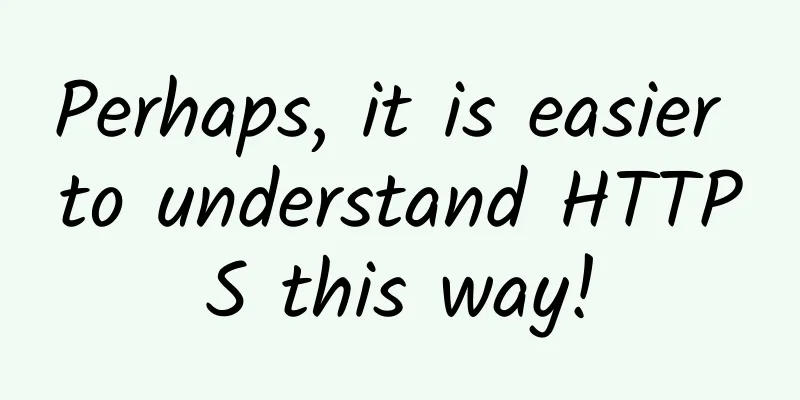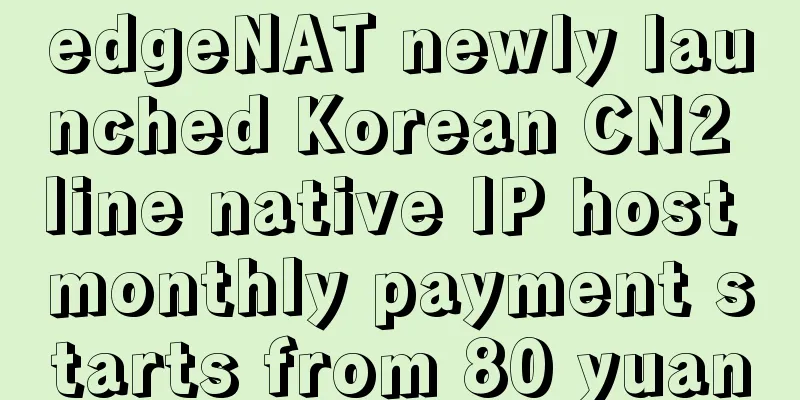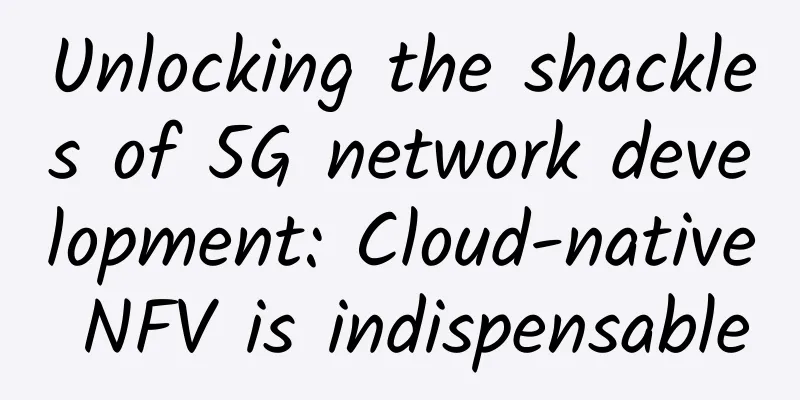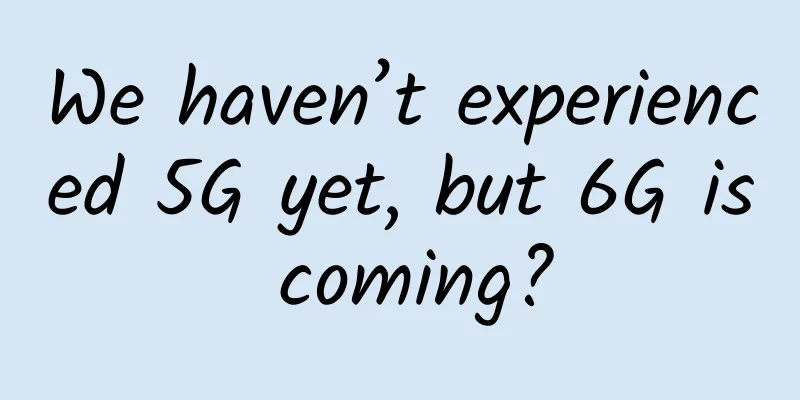What is the difference between Industrial IoT and Consumer IoT?
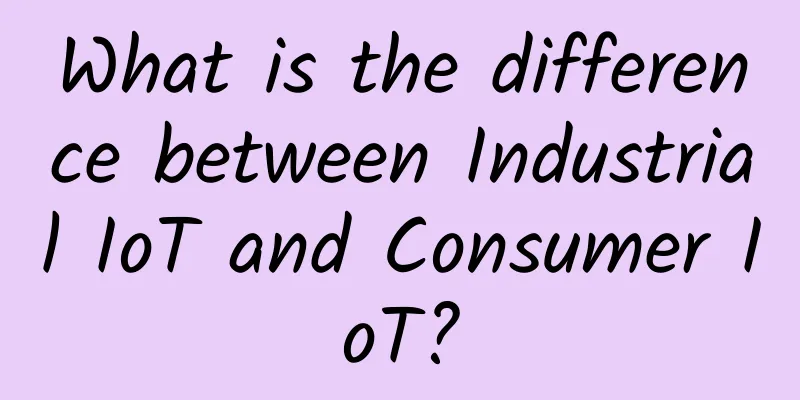
|
Much has been written about the consumer Internet of Things, but the Industrial Internet of Things (IIoT) is also starting to gain traction. So what’s the difference between the two? While most articles discussing the Internet of Things (IoT) focus on consumer IoT, the Industrial Internet of Things (IIoT) is beginning to gain significant attention because of its ability to help manufacturers and industrial companies optimize processes and implement remote monitoring that was almost impossible a decade ago. But what exactly is the Industrial Internet of Things, and how does it differ from consumer-focused IoT devices like smart fridges and air conditioners? This article focuses on the differences between Consumer IoT and Industrial IoT ecosystems. Consumer IoT vs Industrial IoT 1. Industrial IoT devices are manufactured in industrial environments While a FitBit smart band can survive being exposed to rain and an Amazon Dash smart button can survive being touched by its associated products, sensors for industrial deployments must be able to operate in environments that are difficult for consumers to reach. Such as extremes of humidity and temperature, or even corrosive environments such as equipment installed in wastewater infrastructure such as sewers. Additionally, IIoT sensors that measure fluids such as water and oil often need to be submerged in the liquid they are measuring, and these devices need to meet stringent industry waterproofing standards set by IP68 certification. Equipment also often needs to be HazLoc certified, demonstrating that they can withstand explosive and flammable environments.
SmartFoam is placed inside the pipe. The device uses electromagnetic sensors to report the location of the theft and can also be used to detect problems with the pipe itself. 2. Industrial IoT systems must be scalable A water monitoring system with hundreds of midpoints and endpoints spread over hundreds of kilometers is far more complex than even the most ambitious consumer home automation projects. Because IIoT systems generate billions of data points, one must also consider how the information is transmitted from the sensors to its final destination—typically an industrial control system such as a SCADA (supervisory control and data acquisition) platform. To spread the pressure on centralized processing systems from large amounts of data, IIoT manufacturers are currently keen to design hardware that can perform preliminary analysis directly on the device, rather than relying on programs running on cloud servers (an emerging approach called edge computing or fog computing). Consumer IoT applications involve fewer devices and data points, so minimizing the throughput of a central server is not as much of an issue. 3. Industrial IoT devices have unique communication and power requirements IIoT sensors are often installed to measure parameters of remote, hard-to-reach infrastructure that may be located below the surface (e.g., oil and gas facilities), in higher terrain (e.g., reservoirs), offshore (e.g., on oil wells), or even in remote deserts that are difficult to reach by road (e.g., weather stations). It is difficult and expensive for equipment installation technicians to inspect these devices. To minimize on-site inspections, IIoT devices need to be designed with the longest possible battery life, which is often achieved by using industrial-grade batteries. The unique low-power and low-bandwidth requirements of IIoT have prompted the development of a range of emerging network access families such as LPWAN and NB-IoT, which are the primary means of connecting these devices to central servers. These are all things that IoT devices need to be precisely designed to keep in mind, as cellular networks (which offer high bandwidth and therefore consume battery excessively) and protocols such as WiFi and Bluetooth (which are not scalable) cannot fully address the needs of Industrial IoT devices. In order to provide the greatest possible redundancy of communication lines, these gateways must be able to support IoT-specific as well as traditional networking technologies, such as WiFI and Bluetooth. Having all these features on the same device is a huge challenge for hardware engineers. Because the activities controlled by IIoT devices are critical and difficult for operators to visit on site, IIoT devices usually need to be fully remotely controlled, have very fast response times, and have built-in watchdog timers to ensure automatic restart in the event of a system failure. Consumer IoT products are different. They are usually used in places that are easily accessible, so they can use fixed power sources or traditional consumer-grade batteries. 4. Industrial IoT must meet specific cybersecurity standards
Cybersecurity is a major challenge facing the Internet of Things (IoT). According to a Hewlett Packard study, 70% of IoT devices have security vulnerabilities. Smart home hacking could have significant privacy implications if attackers gain access to real-time video footage of a customer's property. However, the impact of a cyber intrusion is localized. If the same thing happened to the Industrial Internet of Things, which often connects sensors to critical infrastructure resources such as power plants and water management facilities, the potential impact is much more serious (the Stuxnet worm is a prime example). As a result, IIoT installations must meet more stringent cybersecurity requirements before they can be approved for use. IIoT also involves integrating information technology (IT) and operational technology (OT) systems (such as PLC controllers), which have different requirements in terms of cybersecurity. In contrast, consumer IoT systems only need to interface with relatively simple control mechanisms on consumer devices. 5. Industrial IoT solutions must be precise Unlike fairly mature mass-market IoT products such as smart washing machines, IIoT solutions often require individual design, tailored to the purchaser’s individual usage requirements. For this reason, IIoT technologies are often delivered in a variety of ways that allow for customization and integration with other software systems. This includes APIs or platform-as-a-service (PaaS) offerings. In contrast, applications in the consumer market are less customized and their functional requirements are relatively consistent. Summarize Although both consumer and industrial IoT involve connecting physical devices to the internet, they differ significantly in several ways. From a development and commercialization perspective, they appear to be emerging as two parallel ecosystems, with some overlap but also their own characteristics, players, and innovations. The most significant difference between the Industrial Internet of Things (IIoT) and the Consumer Internet of Things is that the Industrial Internet of Things has higher requirements for device performance. Due to its special use, the required network connection properties and power requirements are different, and its network security requirements are more stringent. At the same time, the Industrial Internet of Things has more personalized design requirements. |
>>: Everything is connected and edge computing is intelligent
Recommend
Before the 5G feast, the operators' tight restrictions have been booked
At the 2019 Mobile World Congress held in Barcelo...
Why are WiFi 6 routers so expensive? Is the technology really that advanced?
We have mentioned the technical content related t...
OneTechCloud: VPS monthly payment 20% off/quarterly payment 30% off, Hong Kong CN2/CMI large bandwidth/US CN2 GIA/high defense optional
OneTechCloud (Yikeyun) launched a promotion for M...
From the industry, to the industry | Huawei's China Government Business "knowledgeable" image is officially released
On June 22, Huawei China Government Business offi...
If you write CRUD every day, it’s time to connect the system to the API gateway!
Today I will share with you some knowledge about ...
Experience the Serverless application programming model in cloud native scenarios
background Alibaba Cloud Serverless Kubernetes (A...
Weibu Online was rated as an excellent technical support unit for financial security situation awareness by the People's Bank of China
On October 15, the "2021 Financial Cybersecu...
5G is not yet popular, but 6G is coming? Key technologies are still being explored
5G is not yet popular, but the United States clai...
UUUVPS: 60 yuan/month-1GB/30GB/4M/Hong Kong CN2 line
UUUVPS is now holding a three-year anniversary ev...
Wu Hequan, Academician of the Chinese Academy of Engineering: 5G+ education faces seven challenges
Education is a major national and party priority....
India issues 5G trial license, but won't use Chinese network technology
The decision to exclude the Chinese manufacturer ...
The world's largest brain-like supercomputer is launched: it has millions of processor cores
[[248667]] Image: This UK supercomputer can opera...
Wi-Fi Sense: Your home's next sensor may not be a sensor
Part 01 How Wi-Fi Sensing Works Wi-Fi sensing is ...
The three major operators did not learn their lesson and announced that 5G messages would be charged. Has WeChat got a new opportunity?
With over 1.1 billion users, WeChat is China’s la...
RepriseHosting: Seattle Server $27.97/month - L5640, 16G RAM, 1TB HDD/240G SSD, 1Gbps Bandwidth
RepriseHosting (AS62838) is still promoting its d...

